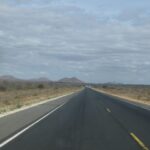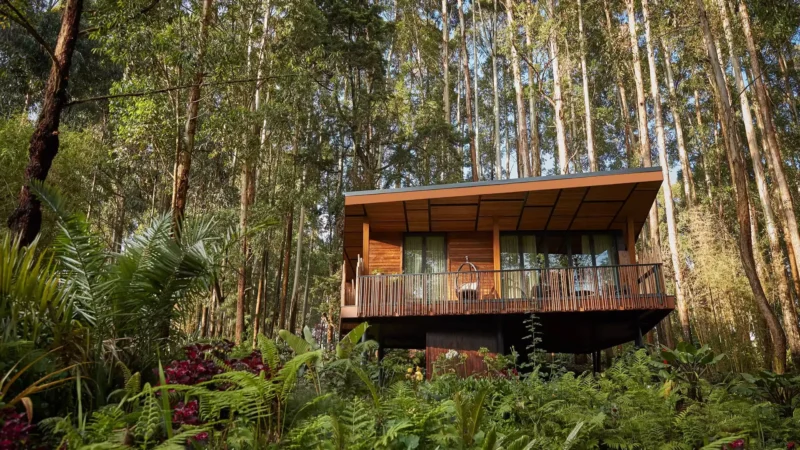
How Roads and E-Bodas Are Changing Tourism in East Africa
October 2, 2025
Flights from the USA to Rwanda for Gorilla Trekking Packages
October 2, 2025When you imagine a safari, the roar of a diesel engine is probably part of the picture. But in Rwanda’s Akagera National Park, that image is quickly changing. Thanks to the introduction of electric safari vehicles (EVs), game drives here are becoming quieter, greener, and more immersive than ever before. This shift is not only a win for conservation but also a game changer for travelers seeking unique safari experiences.
Here’s a closer look at how electric cars are redefining the safari experience in Akagera, and why you should consider choosing them for your next adventure.
1. A Quieter, More Immersive Safari
One of the biggest advantages of electric cars is their near silent operation. Traditional safari vehicles often scare off wildlife with engine noise, making animals keep their distance. EVs, however, glide quietly across the savannah, allowing travelers to get closer to wildlife without disturbing their natural behavior.
Imagine watching elephants or lions just a few meters away, completely undisturbed. This calm and natural experience makes game drives feel more authentic and intimate.

2. Eco-Friendly Tourism in Action
Rwanda has positioned itself as a leader in sustainable tourism, and electric safari cars are a natural extension of that vision. Unlike diesel engines, EVs produce zero emissions, helping reduce the carbon footprint of safari tourism.
For travelers who care about their environmental impact, this is a chance to contribute directly to conservation while still enjoying the adventure of a lifetime. It’s a safari that feels good both for you and the planet.
3. Supporting Rwanda’s Green Vision
Rwanda has been globally recognized for its clean and green initiatives, from banning plastic bags to promoting eco-friendly innovations. By using electric safari cars, Akagera National Park supports Rwanda’s broader goal of becoming a sustainable tourism hub in Africa.
As a traveler, when you choose an electric safari, you’re not just exploring you’re also aligning with a national vision that prioritizes conservation and clean energy.
4. Better Photography Opportunities
Photographers love EVs for a simple reason: no engine vibration and no noisy interruptions. Since the cars run smoothly and silently, you can capture crisp, natural shots without the rumble of an engine startling your subjects.
For both professionals and casual safari-goers, electric cars create a calm atmosphere perfect for capturing those once-in-a-lifetime wildlife moments.

5. Cost-Effective in the Long Run
While the upfront cost of electric cars is higher, they save money over time by cutting fuel expenses. This means safari operators can reinvest those savings into improving guest experiences and conservation programs.
For visitors, this often translates into better value for money a premium safari that doesn’t necessarily come with a premium price tag.
6. A Safer and Cleaner Park Environment
Traditional vehicles contribute to air and noise pollution, which can affect both wildlife and the overall park ecosystem. EVs, on the other hand, maintain cleaner air and a quieter landscape.
This makes Akagera not only more enjoyable for tourists but also a healthier environment for the animals that call it home.
7. Perfect for Akagera’s Landscape
Akagera National Park is a mix of savannah, woodland, and wetland ecosystems, which means safaris often involve long drives. EVs are well-suited for these routes, with charging stations strategically placed in the park to support operations.
Rwanda’s investment in EV infrastructure ensures that visitors enjoy smooth and uninterrupted drives, even in remote areas of the park.
8. Leading by Example in Africa
Akagera is among the first parks in East Africa to embrace electric safari cars, setting a trend that other destinations are beginning to follow. Choosing an EV safari here gives travelers the chance to be part of history supporting an innovative shift that may soon redefine safaris across the continent.
9. A More Comfortable Ride
Electric vehicles provide a smoother and quieter ride, free from exhaust fumes and engine rattles. This makes long game drives more comfortable, especially for families and older travelers.
The difference is noticeable: instead of focusing on the noise of the engine, your attention stays fully on the landscape, wildlife, and stories from your guide.
10. A Future-Proof Safari Experience
Safari tourism is evolving, and sustainability is at its core. By choosing an electric safari in Akagera today, you’re experiencing the future of travel now.
For many visitors, the appeal lies in knowing they are part of a progressive, eco-conscious movement—one that balances the thrill of adventure with the responsibility of protecting Africa’s natural heritage.
Planning Your Electric Safari in Akagera
-
Where to find them: Several tour operators, including eco-lodges inside and around Akagera, now offer EV safari cars.
-
Charging network: The park has charging stations in place, ensuring vehicles can run full-day safaris without interruption.
-
When to go: Akagera can be visited year-round, but the dry season (June–September) offers the best wildlife viewing.
-
What to expect: A quieter, greener, and more comfortable safari that still delivers all the excitement of spotting lions, rhinos, elephants, and more.
Final Thoughts
The introduction of electric safari cars in Akagera National Park is more than just a technological upgrade it’s a revolution in the way we experience safaris. Travelers enjoy quieter game drives, photographers capture better shots, and the environment benefits from reduced emissions.
For Rwanda, it’s another bold step toward becoming a global leader in sustainable tourism. And for visitors, it’s a chance to be part of a greener, more immersive safari adventure that sets the stage for the future of African travel.




